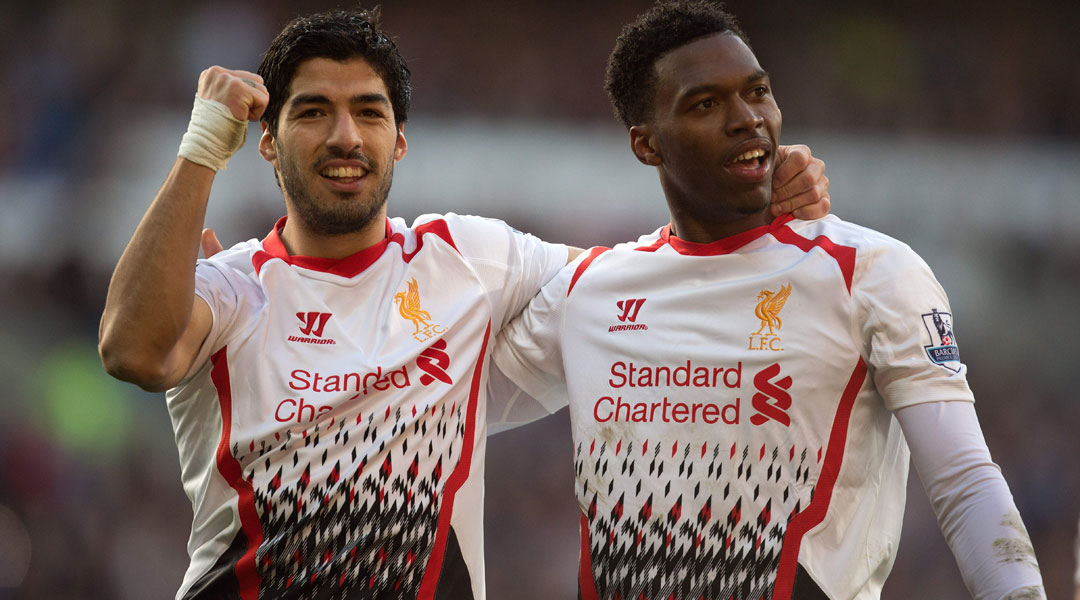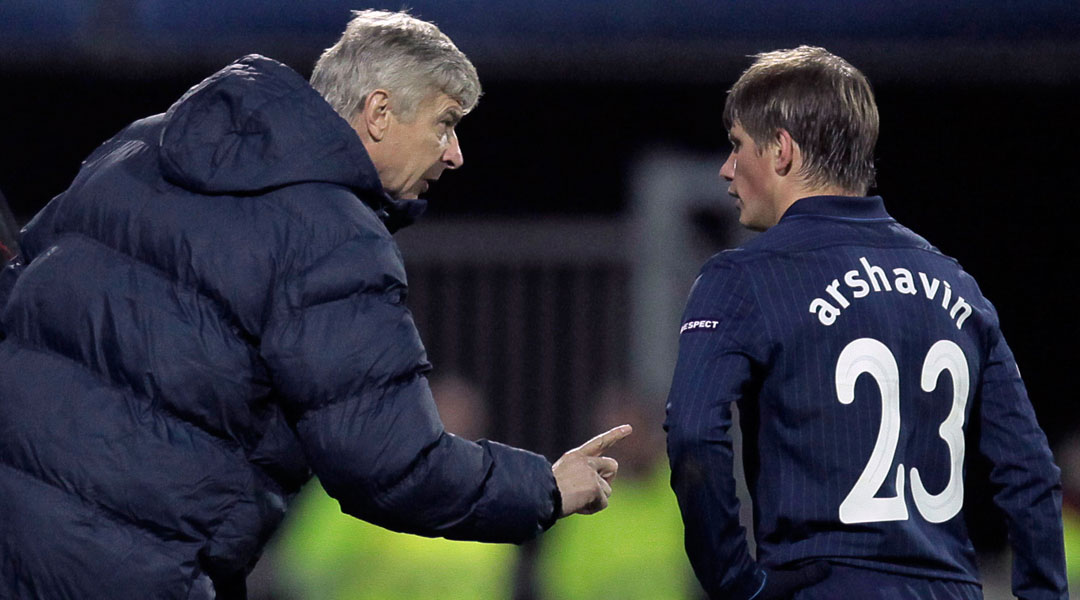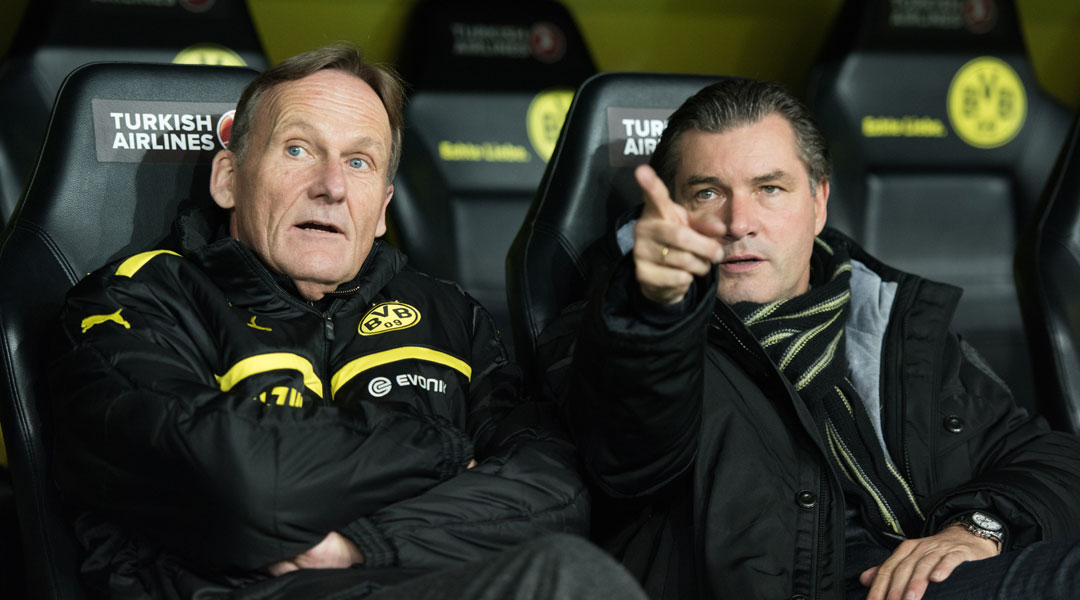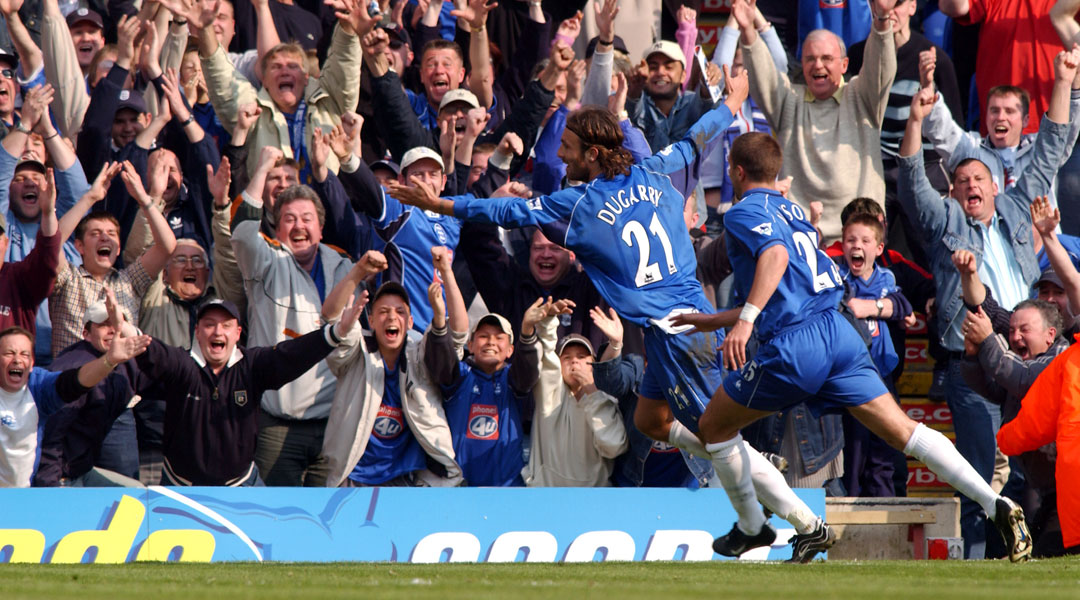In partial defence of 'panic buys': What the January evidence really suggests
Clubs whose winter buys don't work out won't be allowed to forget them – but, writes Paul Simpson, are there actually any differences with the summer deals that don't work out?

If you believed football’s vast commentariat, no player who signed for any club in January has ever been any good. The fact that this proposition is manifestly absurd has not prevented it from being accepted as conventional wisdom.
In football, as in life, it’s usually easier to analyse what did happen than what didn’t. There’s a fair amount of cheap fun to be had mocking some credulous manager or clueless club chairman who has acquired the new Carlos Kickaball in January for a ludicrously inflated fee. As fans, we have one significant advantage over managers: our certainties will never be tested on the pitch.
Contemplating what might have happened if your club had not spent and stuck to their underperforming squad in the deluded, Micawberish conviction that “something will turn up” in the second half of the season is more difficult and less satisfying.
One manager who is routinely pilloried for not making panic buys is Arsene Wenger, whose stubborn refusal to do what everyone – and, believe me, I do mean everyone – knows he must do to improve Arsenal's squad has fuelled a zillion pub-bore polemics.

The risk factor
The prevailing prejudice against January signings is rooted in the belief that the best players aren’t available at this point and that buyers usually pay over the odds because their need for their transfer target has been amply demonstrated during the first half of the season.
Michael Zorc, Borussia Dortmund’s business manager, has argued this case persuasively even though the club’s past January signings include Mats Hummels, Jens Lehmann, Tomas Rosicky and Matthias Sammer.
Get FourFourTwo Newsletter
The best features, fun and footballing quizzes, straight to your inbox every week.
The reason Bundesliga clubs typically don’t spend as much in the January window has less to do with their fantabulous youth systems or foresighted long-term planning than with the fact that they aren’t as rich as Premier League clubs and can’t afford to take as many risks.
In truth, as Paul Tomkin has written recently, the relationship between transfer spending and success is complex. Buying a player remains a deeply unpredictable business, no matter when the deal is done.
Analysing the 53 most expensive Premier League transfers between 2003 and 2014, Tomkin concluded that roughly one in four failed to justify their price tag – and the same proportion, in his words, “hit the ground running and stayed running”.

The hit rate rose when he analysed the performance of 11 world-class signings – Shevchenko, Aguero, Crespo, Ozil, Cole (Ashley), Makelele, Van Persie, Robinho, Veron, Silva and Torres – yet even with players of this calibre, only five (Silva, Cole, Makelele, Van Persie and Aguero) were deemed, “resounding successes”.
Tomkin’s analysis did find a significant correlation between the average, inflation-adjusted cost of teams fielded and Premier League success. In 2005, the Chelsea and Manchester United XIs were significantly more expensive than Liverpool and Arsenal’s.
That gap hasn’t closed although, since 2010, the cost of Manchester City’s XI has matched Chelsea’s and United’s. It can be no coincidence, Tomkin notes, that the last 10 Premier League titles have been won by United (five times), Chelsea (three) and City (two).
Tomkin suggests the clubs that succeed in the transfer market do so largely because they have the wherewithal to accept their failures and carry on spending regardless.
Analysing 3,000 Premier League transfer deals based on fee paid, games played and profit/loss, he concluded that only 40% of transfers actually succeeded.
The January myth
So is there any conclusive proof that panic buys in January are more likely to fail than summer signings?
Not really. The litany of January flops is familiar: Andrey Arshavin (Arsenal). Andy Carroll (Liverpool), Fernando Torres (Chelsea), James Beattie (Everton), Jean-Alain Boumsong (Newcastle), Lee Bowyer, Benni McCarthy (West Ham), Kostas Mitroglou (Fulham), Afonso Alves (Middlesbrough) and Dong Fangzhuo (Manchester United).
The price tags on these deals varied from £50 million for Torres to £500,000 for Fangzhuo, whose four years on United’s books were blighted by work permit wrangles, injuries and better players.
Yet the list of successes is formidable: Luis Suarez, Javier Mascherano, Daniel Sturridge (Liverpool), Nemanja Matic, Gary Cahill (Chelsea), Patrice Evra, Nemanja Vidic (Manchester United), Mikel Arteta (Everton), Clint Dempsey, Brede Hangeland (Fulham), Ashley Young (Aston Villa), Chris Samba (Blackburn Rovers) and loan star Christophe Dugarry, whose five goals in half a season helped keep Steve Bruce’s Birmingham City in the Premier League in 2003.
Job done, Dugarry left in February 2004, having secured his place in the club’s hall of fame. As Gerard Brand noted on FourFourTwo.com in 2012, this accolade partly reflected the fact that it was “either him or Peter Enckelman”.

Panic buying is a term that is invariably applied retrospectively when a transfer has failed. In January 2008, Derby County manager Paul Jewell brought in eight players – to no avail.
On Boxing Day, the Rams had seven points. With the new players, they won just four points in the second half of the season and finished bottom of the table.
Was this panic? Or did it just reflect the club’s meagre budget, which compelled Jewell to take a risk on the likes of Laurent Robert, Egyptian midfielder Hossem Ghaly and Australia internationals Ruben Zadkovich and Mile Sterjovski. As Jewell’s biggest spend was £2m – on Argentine striker Emanuel Villa – his spree looked predestined to fail.
In contrast, the arrival of five players at Aston Villa in January 2011 paid off for the club and manager Gerard Houllier. On Boxing Day, the Villans were four points above the relegation zone in 15th place.
With the aid of new £18m striker Darren Bent and loan star Kyle Walker, they finished a comfortable ninth, nine points above the drop. Bent’s nine goals earned eight of those points.
Pot luck
It’s hard to tell a transfer prompted by a bad case of the jitters from a gamble that didn’t pay off (Benni McCarthy, whose decent track record probably disguised his declining motivation), or a deal driven by plain old-fashioned stupidity, of which there is no shortage in football administration.
Ultimately, when we call a transfer a 'panic buy' all we are really saying is that it didn’t work. Yet is it really that simple?
The effectiveness of a new signing is not wholly dependent on the intelligence of the motives that inspired it. As T.S. Eliot pointed out in his play Murder In The Cathedral, it is often possible to do the right thing for the wrong reason.
